 The Comfort of Ghosts (Maisie Dobbs, #18) by Jacqueline Winspear
The Comfort of Ghosts (Maisie Dobbs, #18) by Jacqueline Winspear Format: eARC
Source: supplied by publisher via Edelweiss
Formats available: hardcover, paperback, ebook, audiobook
Genres: historical fiction, historical mystery, World War II
Series: Maisie Dobbs #18
Pages: 361
Published by Soho Crime on June 4, 2024
Purchasing Info: Author's Website, Publisher's Website, Amazon, Barnes & Noble, Kobo, Bookshop.org, Better World Books
Goodreads
A milestone in historical mystery fiction as Maisie Dobbs takes her final bow!
Psychologist and investigator Maisie Dobbs unravels a profound mystery from her past in a war-torn nation grappling with its future.
London, 1945: Four adolescent orphans with a dark wartime history are squatting in a vacant Belgravia mansion—the owners having fled London under heavy Luftwaffe bombing. Soon after a demobilized British soldier, ill and reeling from his experiences overseas, takes shelter with the group, Maisie Dobbs visits the mansion on behalf of the owners.
Maisie is deeply puzzled by the children's reticence. Their stories are evasive and, more mysteriously, they appear to possess self-defense skills one might expect of trained adults in wartime. Her quest to bring comfort and the promise of a future to the youngsters and to the ailing soldier brings to light a decades-old mystery concerning Maisie’s first husband, James Compton, who was killed while piloting an experimental aircraft. As Maisie picks apart the threads of her dead husband’s life, she is forced to examine her own painful past and question beliefs she has always accepted as true.
The award-winning Maisie Dobbs series has garnered hundreds of thousands of followers around the world, readers who are drawn to a woman who is of her time, yet familiar in ours—and who inspires with her resilience and capacity for endurance at the worst of times. This final assignment of her own choosing not only opens a new future for Maisie Dobbs and her family, but serves as a fascinating portrayal of the challenges facing the people of Britain at the close of the Second World War.
Over seventeen previous books in the Maisie Dobbs series, hundreds of thousands of readers worldwide have fallen in love with this fearless, compassionate woman—this final adventure not only ties up all Maisie’s loose ends, but also serves as a fascinating portrayal of life in Great Britain after the close of the second World War.
My Review:
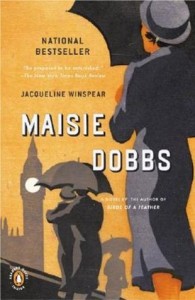 As seems fitting for this final book in the Maisie Dobbs series, A Comfort of Ghosts begins with an ending. One of the towering – literally as he was quite tall – secondary figures in this long-running series, Lord Julian Compton, originally Maisie’s employer, once-upon-a-time her father-in-law, later and last her friend, has died, Leaving Maisie to mourn, to comfort his widow, to be the executor of his estate and to clean up his last act in the late war.
As seems fitting for this final book in the Maisie Dobbs series, A Comfort of Ghosts begins with an ending. One of the towering – literally as he was quite tall – secondary figures in this long-running series, Lord Julian Compton, originally Maisie’s employer, once-upon-a-time her father-in-law, later and last her friend, has died, Leaving Maisie to mourn, to comfort his widow, to be the executor of his estate and to clean up his last act in the late war.
Sending a group of young squatters to her empty house in London, to protect some of Britain’s most hidden and secretive wartime operatives from a false charge of murder. They are a loose end, and entirely too many ‘boffins’ in the war offices have become so accustomed to death being the only tool in their toolbox to take care of such loose ends that they are willing to send four adolescents to the hangman for a crime that wasn’t really a crime that they had the misfortune to witness.
This final story of Maisie’s adventures shows her doing what she has always done best – discovering a problem and getting to the bottom of a situation that someone doesn’t want to be found while protecting as many innocents – and even some of the guilty – along the way.
That, in the middle of this investigation she has the opportunity to finally lay to rest the ghosts of her own past as well as bring her dearest friend back from the brink of disaster and help not one but two dear and deeply scarred veterans out of their very own pits of despair while searching for yet one more complicated truth hidden behind a scrim of convenient lies makes The Comfort of Ghosts, and the solace that Maisie has finally learned to take from her own, a perfect ending to the series.
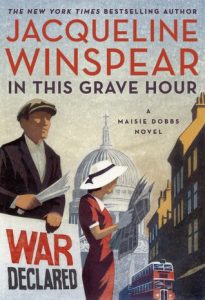 Escape Rating A-: This story closes all the circles that were opened back in the very first book in this series, the titular Maisie Dobbs, finds all the dangling threads that have been left hanging through the course of EIGHTEEN BOOKS, and ties each and every one of them off. So it’s a book about endings.
Escape Rating A-: This story closes all the circles that were opened back in the very first book in this series, the titular Maisie Dobbs, finds all the dangling threads that have been left hanging through the course of EIGHTEEN BOOKS, and ties each and every one of them off. So it’s a book about endings.
At the same time, because of its setting, it’s also a book about beginnings. The series began in the years just before the opening of the ‘Great War’, when young Maisie became an under-housemaid in the household of Lord Compton at the age of thirteen. Maisie’s midnight raids of the great house’s great library were discovered by the mistress of the house, Lady Rowan Compton, and Maisie’s life took a different direction than it otherwise might, leading to all of the marvelous if sometimes fraught adventures and heartbreaks of the series.
But this story takes place in 1945. The second World War has just ended, the recovery and reconstruction has barely begun. Britain is no longer the seat of empire, and the U.S. – and Russia – have taken center stage as a new thing – superpowers.
Maisie and her generation of friends and frenemies are middle aged or older, retiring, returning to home and hearth, or lying dead on a battlefield from one war or the other. This last story, this reckoning of all her accounts, is her swansong.
Which is a hint and a half not to start the series here. It’s not necessary to real all of the previous 17 books to get into this one – I have a few I never got around to but probably will eventually – but this story has so much more resonance if you’ve read at least some and have gotten to know Maisie’s circle of friends and colleagues and contacts and the myriad ways that their lives have become interconnected over the decades.
 For those, like this reader, who have gotten to know Maisie over the years and books, this story is a bittersweet delight. It also feels right that Maisie leave the stage at this historical juncture, as the world she knew is not the world that is to come – as we know and as hints are shown in the story.
For those, like this reader, who have gotten to know Maisie over the years and books, this story is a bittersweet delight. It also feels right that Maisie leave the stage at this historical juncture, as the world she knew is not the world that is to come – as we know and as hints are shown in the story.
But, in that desire to get every thread tied off with a neat bow and foreshadow the changes in the world as it will be, it may have lingered just a bit too long and found a way to tie that last bow just a bit too coincidentally. Your reading mileage may vary.
Still and absolutely all, a marvelous and utterly fitting ending to a captivating series, leaving this reader with both that smile because it happened and a tear or two because it ended.

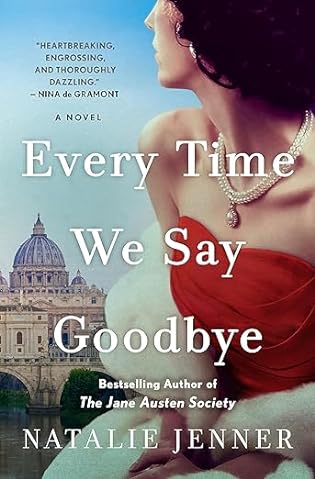 Every Time We Say Goodbye (Jane Austen Society, #3) by
Every Time We Say Goodbye (Jane Austen Society, #3) by  I picked this up because I loved the author’s earlier book,
I picked this up because I loved the author’s earlier book,  Escape Rating B: Before I get to the story of the book, I absolutely need to say something about the audiobook. Specifically, that the audiobook is excellent. The reader, Juliet Aubrey, was a perfect choice and she made the whole thing better and carried me through even at points where I wondered how the parts of the story connected to each other because she was just awesome.
Escape Rating B: Before I get to the story of the book, I absolutely need to say something about the audiobook. Specifically, that the audiobook is excellent. The reader, Juliet Aubrey, was a perfect choice and she made the whole thing better and carried me through even at points where I wondered how the parts of the story connected to each other because she was just awesome. .
.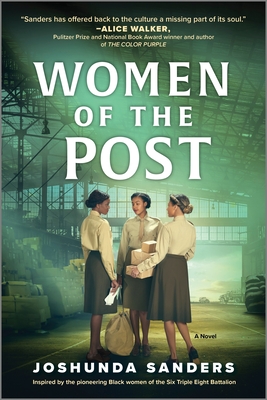 Women of the Post by
Women of the Post by 
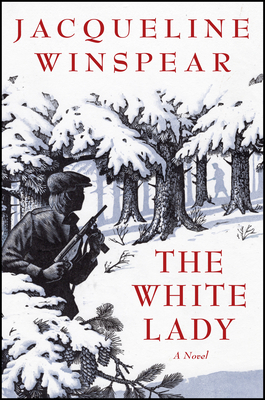 The White Lady by
The White Lady by 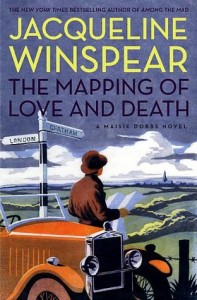 For the past several years of her cases (since
For the past several years of her cases (since 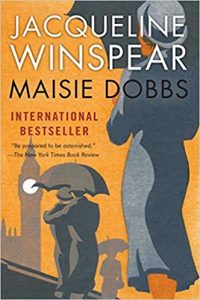 Escape Rating B: I ended this book with a LOT more mixed feelings than I expected going into it. I enjoy the
Escape Rating B: I ended this book with a LOT more mixed feelings than I expected going into it. I enjoy the 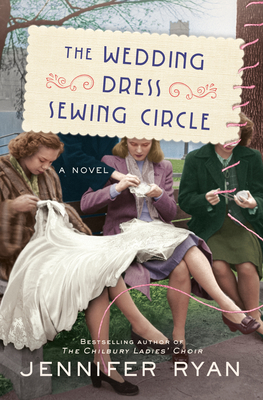 The Wedding Dress Sewing Circle by
The Wedding Dress Sewing Circle by  Escape Rating A: I was looking for, not exactly a comfort read as most of my comfort reads start with murder, but rather a comfortable read for the end of this week. It’s kind of surprising that led me to World War II, not exactly a comfortable time for ANYONE, but this actually fit the bill quite nicely. I adored one of the author’s previous books,
Escape Rating A: I was looking for, not exactly a comfort read as most of my comfort reads start with murder, but rather a comfortable read for the end of this week. It’s kind of surprising that led me to World War II, not exactly a comfortable time for ANYONE, but this actually fit the bill quite nicely. I adored one of the author’s previous books, 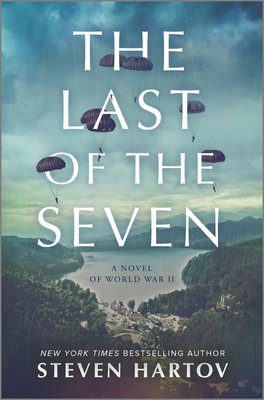 The Last of the Seven: A Novel of World War II by
The Last of the Seven: A Novel of World War II by 
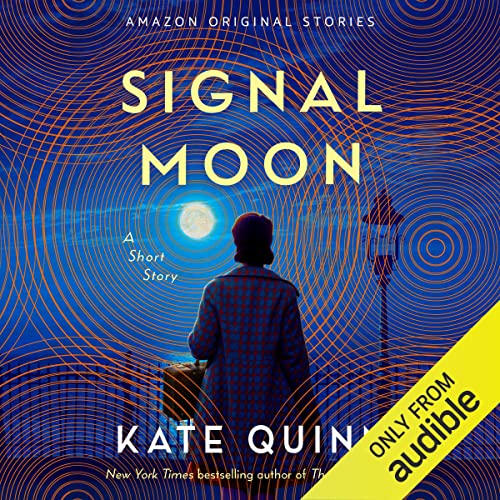 Signal Moon: A Short Story by
Signal Moon: A Short Story by 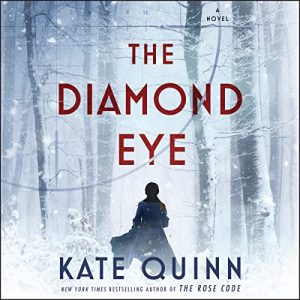 While Matt’s more frank and frequently profane dialog, along with the desperation of his own internal monologue, gives the reader or listener a clear portrait of who he is and what drove him to become the person – and the officer – that he is on the brink of what could be – briefly – his very own war.
While Matt’s more frank and frequently profane dialog, along with the desperation of his own internal monologue, gives the reader or listener a clear portrait of who he is and what drove him to become the person – and the officer – that he is on the brink of what could be – briefly – his very own war.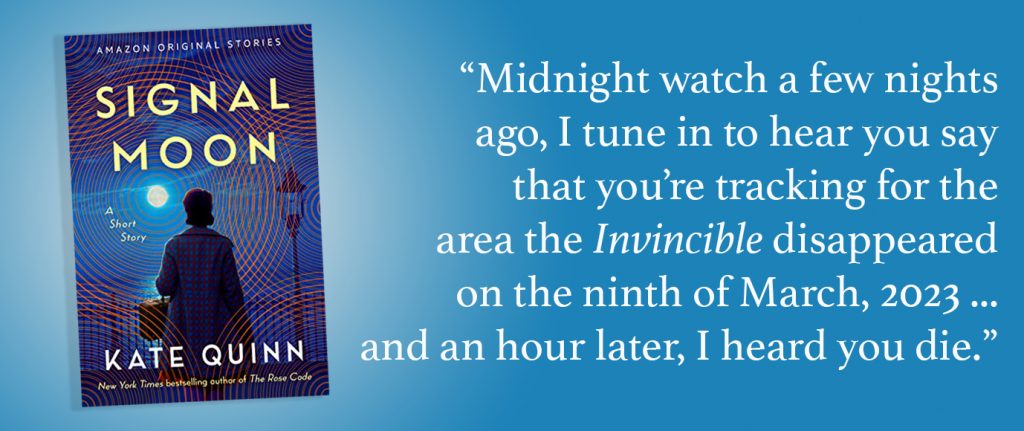
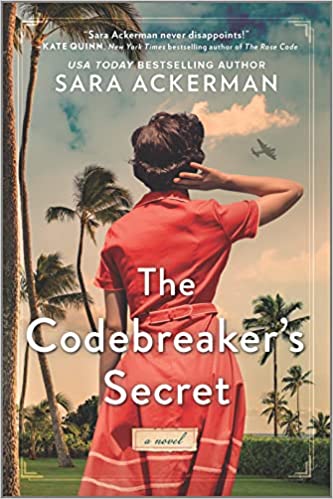 The Codebreaker's Secret by
The Codebreaker's Secret by  Like the author’s previous work, The Codebreaker’s Secret is primarily set in the author’s home state, Hawai’i, during World War II. And like her other books, this one mixes a touch of romance with a story about both brave and nefarious wartime deeds on a homefront that experienced the war just a bit differently – and considerably closer to home – than did the mainland.
Like the author’s previous work, The Codebreaker’s Secret is primarily set in the author’s home state, Hawai’i, during World War II. And like her other books, this one mixes a touch of romance with a story about both brave and nefarious wartime deeds on a homefront that experienced the war just a bit differently – and considerably closer to home – than did the mainland. Escape Rating A: This is my third book by Sara Ackerman (after
Escape Rating A: This is my third book by Sara Ackerman (after 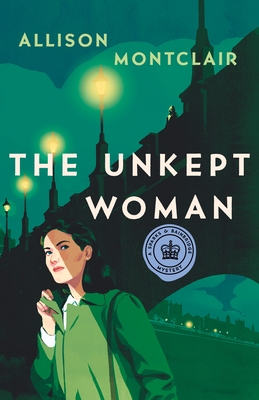 The Unkept Woman (Sparks & Bainbridge, #4) by
The Unkept Woman (Sparks & Bainbridge, #4) by 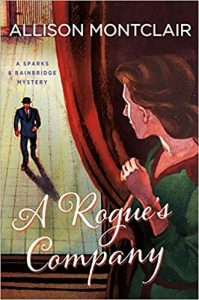 The title of this one, just like the previous book in the series,
The title of this one, just like the previous book in the series, 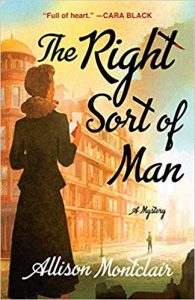 So one side of this story is very much a spy thriller, as Iris has to use all of her old tradecraft to hunt down who really done it and why. Meanwhile, Gwen is demonstrating that she’s learned more from Iris than even she expected, and that she’s more than capable of fighting any corner she has to – even if she has to assault the police to get them to listen to her.
So one side of this story is very much a spy thriller, as Iris has to use all of her old tradecraft to hunt down who really done it and why. Meanwhile, Gwen is demonstrating that she’s learned more from Iris than even she expected, and that she’s more than capable of fighting any corner she has to – even if she has to assault the police to get them to listen to her.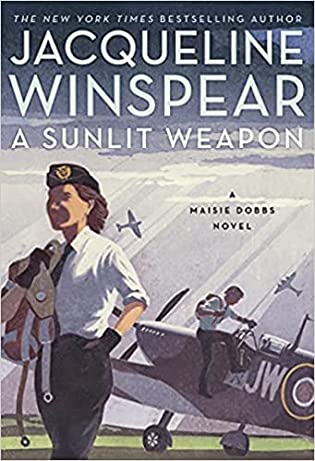 A Sunlit Weapon (Maisie Dobbs #17) by
A Sunlit Weapon (Maisie Dobbs #17) by 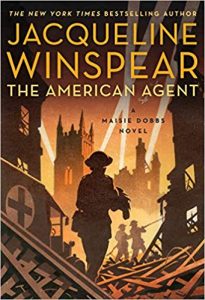 Escape Rating A-: We’ve followed Maisie from her childhood apprenticeship with Maurice Blanche through her nursing service in WW1, through her grief at the loss of her fiancé, her eventual wedding and subsequent tragic widowhood, her recovery and now her second marriage to the American Mark Scott who she met in a previous book in this series,
Escape Rating A-: We’ve followed Maisie from her childhood apprenticeship with Maurice Blanche through her nursing service in WW1, through her grief at the loss of her fiancé, her eventual wedding and subsequent tragic widowhood, her recovery and now her second marriage to the American Mark Scott who she met in a previous book in this series,